The roof of your home serves several important roles. It sheds water, keeps wind and snow out of your home, promotes air circulation, and protects both you and your home. These jobs are not easy.
If we talk about the wake of the recent tornado in North Rockdale County, GA, one thing is clear: our roofs are our first line of defense against nature’s fury. With debris swirling and winds howling, roofs take the brunt of the impact, often sustaining severe damage. That’s why now, more than ever, it’s crucial to consider the importance of regular roof inspections. In the aftermath of a storm, these inspections can mean the difference between minor repairs and major reconstruction.
But, Most homeowners put off getting their roofs inspected until they notice a problem. It’s completely wrong. Regular inspections guarantee that your roof continues to work properly and can endure exposure to the elements. The best part is that Outdoor Makeover Roof and Exteriors offers complimentary “21-Point” roof inspection services in Atlanta. So, no more delays and prevent future headaches by getting roof inspection regularly.
This guide will describe what to expect during a roof inspection, including procedures, pricing, troubleshooting for roof-related issues, and frequently asked questions.
Here’s Your Ultimate Roof Inspection Guide:
What Is a Roof Inspection?
A roofing inspection is a process that includes many essential stages that help identify any damage or potential concerns with your roof. It ensures that your roof’s primary components, such as shingles, gutters, and flashing, are in good shape. If these objects are missing or damaged, they can cause havoc throughout your home. Some homeowners insurance providers require annual roof inspections.
What Is Included in Outdoor Makeover Roof & Exteriors 21-Point Roof Inspection:
- Code requirements: Is your roof up to current building code requirements? GA building code requires drip edge and properly sheathed decking.
- Roof Penetrations: Any pipe of vent that comes through the roof poses a potential for water intrusion. Over time these items dry rot and present an opportunity for water and insects to enter the home.
- Hail damage: Occasionally GA experiences a brief hail storm. These events cause bruising to the matting of the shingle and jeopardize the integrity of the product leaving your home vulnerable.
- Wind damage: Just because your roof is not missing shingles does not mean your roof has not sustained wind damage. Before a shingle breaks and flies off of your roof the seal is broken and the shingle flaps up and down causing a crease or a hinge point. When it comes to your homeowner’s insurance a crease or hinge point is the same thing as the shingle missing.
- Installation defects: In today’s world houses are built at incredible speed. Although convenient some parts of the construction process can be missed or corners cut to save money. One of the most common installation errors we see in the field has to do with the nailing. Nails are either over-driven, under-driven, or not in the nail strip area of the shingle. This not only will lead to nail pops and slippage but also void the manufacturer’s warranty.
- Manufacturer’s defects: Just like any mass-produced product occasionally errors are missed by the manufacturer. This could be anything from color variations to granular issue
- Signs of water intrusion: While on the roof we look for soft spots in the decking, in the attic we look for staining or discoloration of decking and other framing.
- Interior Inspection: Inside the home, we look for staining or discoloration on ceilings and exterior walls
- Flashing: Depending on the style and complexity of your roof you will have several types of flashing. Valley flashing, Step flashing, Wall flashing, Chimney flashing we check it all.
- Transitions: Some roofs will have transitions, a transition is a sudden change in slope or material on the roof. Although beautiful, these can be weak points on your roof.
- Wood Rot: Do you have sections of your home such as a dormer that touches your roof? These areas are prone to rot and are considered a maintenance item.
- Rodent and Pest intrusion: Squirrels, bats, bees and mice often chew threw wood at the roof line to gain access into your attic.
- Gutter: A gutter that is clogged or insufficient in size can lead to expensive repairs.
- Ventilation Is Your Roof Efficiently Ventilated: Improper ventilation can lead to costly electric bills and premature deterioration of your roof.
- Chimney Caps: Over time, chimney caps become warped and the seal used breaks down leaving an opening for water and critters to enter your home.
- Sky Lights: If you have sky lights it is important to make sure there is no debris blocking the rain channels, we also check the flashing and seals.
- Power Vents: Do you have a power vent? Is it operational?
- Ridge Vents: If your roof is equipped with ridge vents, we need to ensure they are sealed and covered properly.
- Box Vents: If your roof is equipped with box vents, we check to make sure they are properly installed and sealed. Some box vents are made of plastic, over time the plastic will deteriorate leaving cracks of holes.
- Algae and Moss: If your roof has dark streaks and discoloration your roof has a bacteria identified as Gloeocapsa Magma growing on it. This is very common in our state, This bacteria rapidly deteriorates the roofing material. If you see green fuzz on your roof you have moss. Moss roots into the shingle causing significant damage. Not to worry, both of these can be safely removed without causing damage.
- External Sources of Damage: We look for sources not attached to the home that can cause issues. Low tree branches that make contact with the roof are very common and cause premature wear to your roof.
How frequently should I arrange a roof inspection?
You should get your roof inspected at least once a year. If you’ve newly purchased a property and the roof hasn’t been inspected since it was installed, you should arrange one.
How can I know if I need a roof inspection?
Whether you recently had a major storm or discovered a leak, here are some of the reasons to undertake a roof inspection:
- Visible Shingle Damage: Damage to a standard shingle roof is easily visible. Look for shingles that are twisted, fractured, or simply missing. Cracks on the surface indicate that the shingle is structurally fragile and could be removed the next time it rains. It only takes one missing shingle to cause a leak.
- Problems with Gutters: If your gutter is damaged, have it repaired or replaced straight soon. Without a working gutter, rainwater may seep into your building’s footings and potentially harm the foundation. Look for sparkling granules from shingles caught in your gutters. This indicates that your remaining shingles have eroded.
- Dents or Scratches Around Roof Features: A visual inspection of your roof from the ground is sufficient to detect deterioration around prominent roof elements. Pay special attention to the bottom edges of chimneys and the shingles that surround them. Check for loose flashing, which seals roof connections, as well as any visible fasteners such as nails or screws.
- Signs of Moisture in the Attic: Even if your roof appears to be in good shape, examine the attic to be sure. Damage that exposes the attic to outside air raises the level of moisture. You can detect water here even before a leak penetrates your ceiling. Check for outside airflow or a moist, clammy feeling.
- Warped Rafters in the Attic: Rafters, which are often composed of wood, will notify you about the damage that needs to be addressed right soon. Rafters are structural components that carry the weight of the roof. They should look to be straight, with no water damage on any surface. If they appear deformed or moist, contact a roofer immediately to schedule a roof inspection!
- Stains on Ceilings or Walls: Most leaks have already progressed to structurally significant levels by the time they are stained. After a storm, thoroughly inspect the ceilings and top corners of the walls in rooms on your home’s upper floors. Tiny spots might be easy to miss. It’s preferable to deal with them early on.
- Peeling Paint Near Roofline: Blistering or peeling paint along the roofline is usually indicative of gradual humidity accumulation caused by insufficient roof and attic ventilation. A storm may exacerbate the troubles this causes. Peeling paint is another basic indication that’s actually a key barometer of the damage your roof has sustained.
What are the different Types of Roof Inspections:
The type of roof inspection you get for your home can also affect the cost. Read on to learn more about the various types of roof inspections.
Physical Roof Inspection
A physical roof inspection is the simplest and least expensive inspection method. A roofing contractor will climb your roof to physically inspect essential components. This includes the following:
- Attic Flashing.
- Gutters and downspouts
- Roofing Material
- Roof penetrations.
- soffits, fascia, and drip edges.
- Windows and chimneys.
- After conducting a physical inspection, the roofing contractor will give recommendations to address any deficiencies.
Infrared Roof Inspection:
Infrared roof inspections provide a more detailed view of any problems on your roof. Professional inspectors can use infrared technology to detect symptoms of deterioration that are not immediately visible. Small cracks and leaks can cause severe harm over time.
Drone Roof Inspection
During this form of examination, the inspector will fly a drone around the house’s exterior, capturing detailed photos and videos of your roof and its components, and then evaluating the data. Drones can rapidly and easily collect high-resolution photos and videos, enabling detailed inspections of the roof and its components. This allows for a more accurate and detailed assessment of the roof’s state, as well as a unique and full perspective of the roof in a single wide-angle shot.
Find reputable roofing inspectors in Atlanta Today!
Outdoor Makeover Roof and Exterior is the #1 roofing company in Atlanta. This is a separate division of Outdoor Makeover and Living Spaces which handles all the roofing & exterior needs. From roof installation to roof inspection, there is no job too big or too small for us to handle. We take pleasure in providing superior services of roof inspection in Atlanta that assure your home’s safety and durability. With years of expertise, our roofing contractors are committed to offering homes in the Atlanta region with a dependable and comprehensive 21-point roof inspection.
So, what are you waiting for? Book your complimentary roof inspection today!
Frequently Asked Questions:
Generally, you can expect a regular roof inspection to cost around $120 to $400. But, you can enjoy complimentary roof inspection services at Outdoor Makeover Roof and Exteriors.
It is always recommended to have a roof inspection at least once a year.
A flat roof should be inspected at least twice a year: in the autumn to ensure it is free of leaves, dirt, and debris, that outlets are not clogged, and that the roof drains freely; and in the spring to detect and repair any weather damage.
After the roof inspection, you should receive a full written report outlining the findings. The inspector should also provide specific recommendations for repairs and advise you on how to get it in good shape.
Damaged or missing shingles, discoloration, and moss or algae growth are all signs that your roof needs to be replaced. You may see a sunken or buckled roofline, which is another clue that your roof needs replacement.

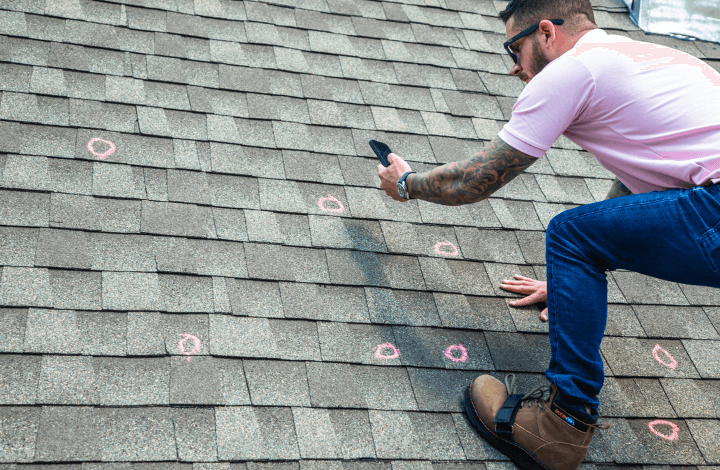

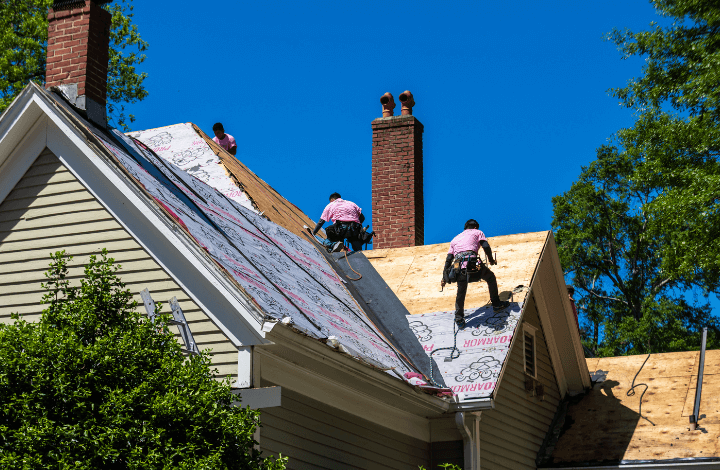

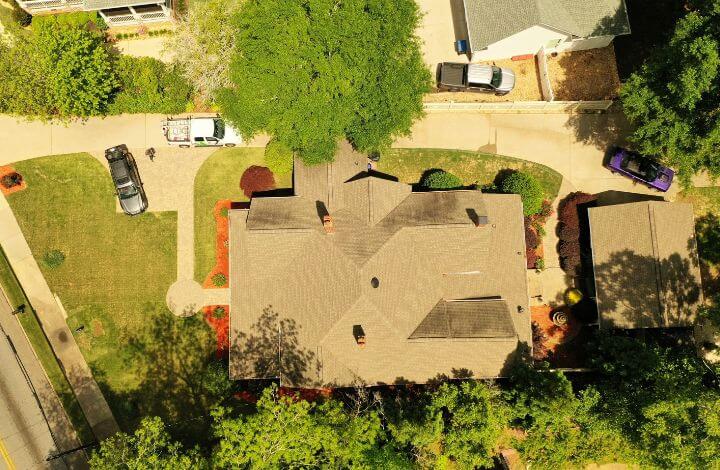
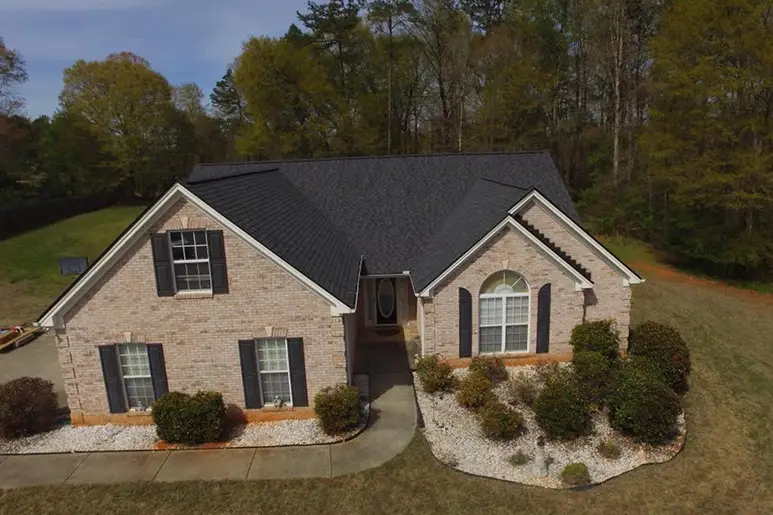 Elevating Home Safety: Expert Roofing Inspections for Peace of Mind
Elevating Home Safety: Expert Roofing Inspections for Peace of Mind The Crucial Role of Attic Ventilation in Maintaining Roof Health
The Crucial Role of Attic Ventilation in Maintaining Roof Health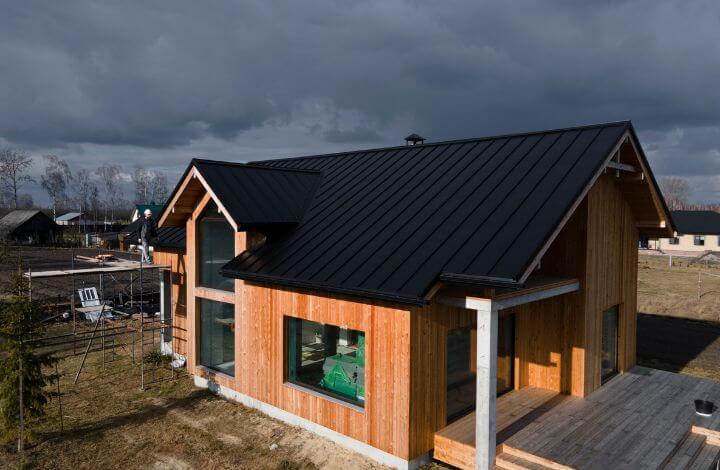 When Is the Best Time For a Roof Inspection?
When Is the Best Time For a Roof Inspection?
LET'S BE SOCIAL: